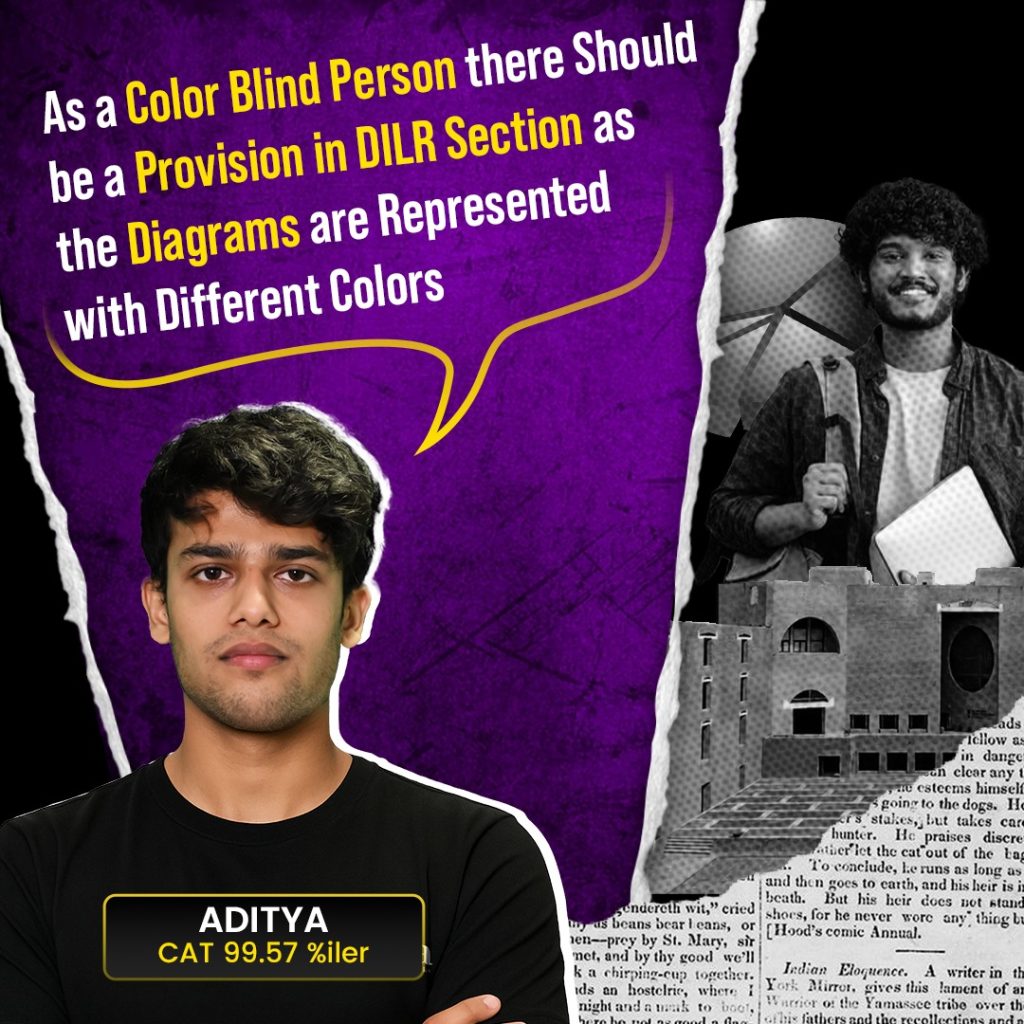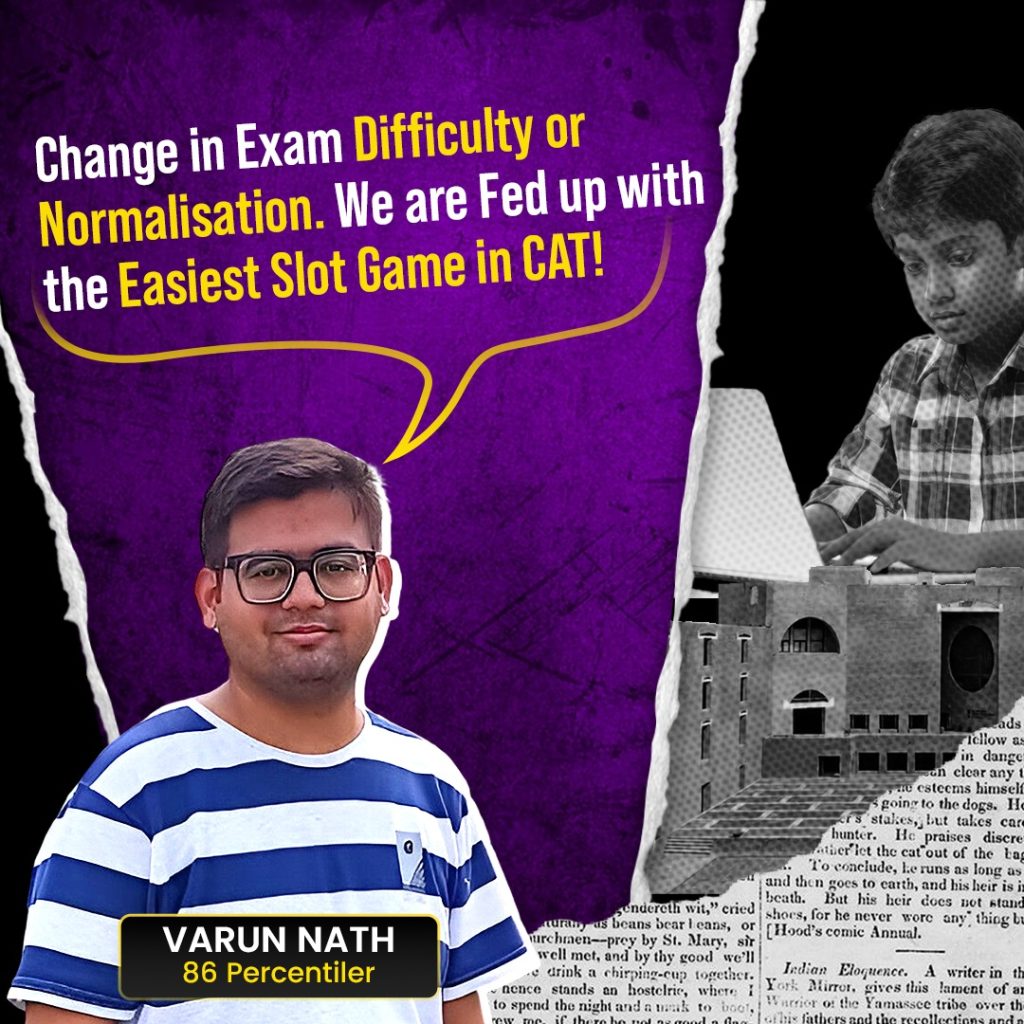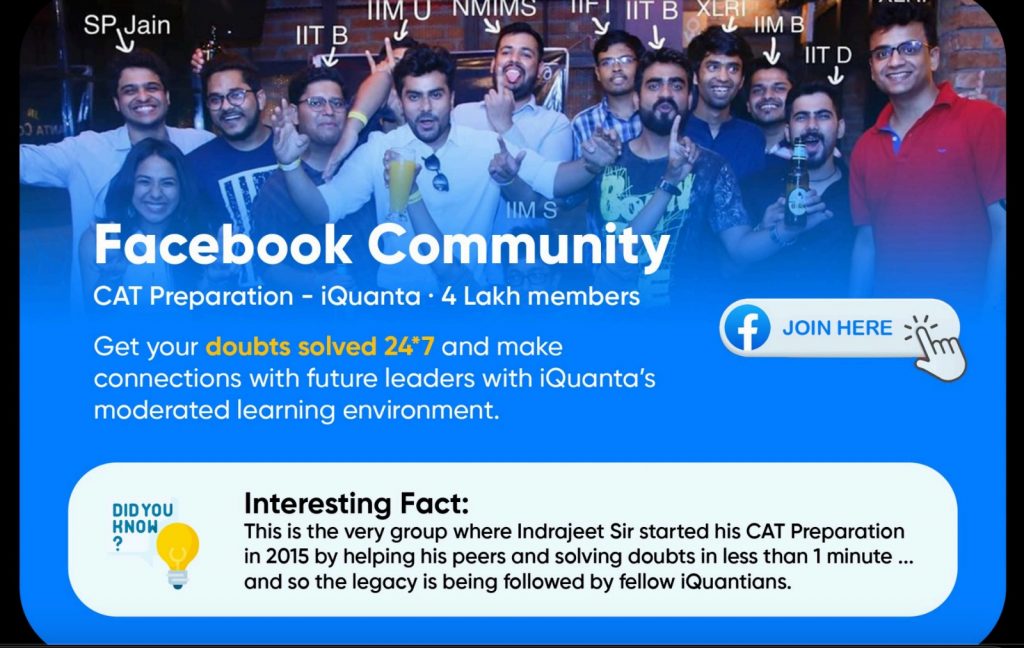Every year, lakhs of students register for the Common Admission Test (CAT) hoping to get the admission into IIMs and other top business schools. But is the CAT exam truly a fair reflection of managerial potential or has it become a platform favoring engineers, test-savy aspirants, and privileged coaching-backed candidates?
With a rising debates about diversity, fairness, and mental well-being, can we ask this time: “What should really change in the CAT exam?”, “Is Quant the only thing, that makes a good manager?” Let’s look at the major changes CAT authorities should consider to make the exam more inclusive, reflective, and relevant in 2025 and beyond.
Join this free whatsapp group to get the latest information about CAT exam along with the strategies by CAT experts

QA Section: A Nightmare for Non-Engineers
Is Quant killing the diversity? Let’s address this.
The Quantitative Ability (QA) section is heavily aligned towards maths concepts like logarithms, geometry, probability, number systems; the topics that most of the non-engineers have barely gone through in years. This creates a clear disadvantage for students from commerce, arts, law, or medical backgrounds. On the contrary, in B-schools, strategy, communication skills, decision-making, and team leadership determine the success not the mathematical acumen.
What Should Change?
- Reduce the weightage of Quant, OR,
- Focus QA more on business math, logic, and data interpretation that advanced engineering level-maths.
Sectional Timing: Who Is It Helping?
The CAT exam is divided into three sections, Verbal Ability and Reading Comprehension (VARC), Logical Reasoning and Data Interpretation (LRDI), and Quantitative Ability (QA), with a fixed 40 minutes time limit. Does it sound fair? Many students find themselves stuck in weaker section, and not be able to use their extra time of stronger section. If real-life managerial situations do not come up with time restrictions, then why should CAT?
What Should Change?
- Allow flexible time management across sections within the 2-hour exam timing.
- CAT authorities should introduce section-switching option which can reduce candidate’s mental stress and improve exam flow.
Why So Many MCQs? Test The True Aptitude
CAT exam pattern has a mix of Multiple Choice Questions (MCQs)-which carries negative marking and Type In The Answer (TITA)-where candidates needs to solve and write the answer, with noe negative marking. But why MCQs dominate? The real problem behind MCQs is that it often promotes guesswork and coaching tricks which tests speed and exam hacks, not deep conceptual understanding.
What Should Change?
- Increase the number of TITA questions, which will promote fairness and original thinking.
- There should be more case-based questions where logical thinking and business understanding can be assessed.
VARC Needs a Makeover: From English to Communication
The VARC section many a times turns into intense reading drill with twisted grammar puzzles and vocabulary. But in today’s business scenario, clarity beats complexity. Management leaders need to write emails, draft reports, gives presentations, but what they are actually doing in CAT exam—solving poetic RCs from 1800s literature; isn’t it sounding different?
What Should Change?
- Introduce real-world business communication questions
- Add analytical writing tasks, short summaries, and professional tone-based MCQs.
Why Only One Attempt in a Year?
Unlike GMAT or GRE, where can candidates can attempt multiple times a year, CAT is conducted only once in a year. Candidate’s one bad day due to illness, stress, or any family urgency can cost an entire year. Is that Fair?
What Should Change?
- CAT authorities should come up with allowing 2 attempts per year (like one in July, one in November)
- Consider percentile validity for atleast 2 years where best score can be used for admission into MBA institutes.
This one change could massively reduce pressure and support mental health of CAT aspirants.
Accessibility: Is CAT Truly Fair?
While many coaching institutes have turned CAT preparation into a Rs. 1 lakh+ industry, candidates from rural or economically weaker areas struggle while understanding the syllabus. The CAT official website offers minimal preparation resources with no official question bank or mocks available for free. Many students in Tier 3 cities are many a times stay unaware about any changes in exam pattrer. Is this what we call a disadvantage?
What Should Change?
- CAT official website should be uploaded with free mocks, study material, and strategy videos (like NTA does for CUET, JEE)
- Materials should be translated into regional languages to improve the outreach.

Anushka – IIM Vizag Alumna
Giving the option to choose the VARC section in Hindi as well as English or even in other regional languages can help make exams fairer for everyone. Many students from tier 2 and tier 3 cities don’t study in English or don’t get the chance to practice speaking and understanding it well. This puts them at a disadvantage compared to students from big cities. By letting students choose the language they’re most comfortable with, we can make sure everyone gets an equal chance, no matter where they come from. It’s a small step that can make a big difference in creating equal opportunities for all.

Aditya – CAT 99.57 Percentiler
As a color blind person, i strongly feel there should be a provision, atleast in the DILR section where the diagrams are represented with different colors for people like me so we get a fair level playing field too.

Anmol – CAT 99.47 Percentiler
I feel CAT exam tests us on our aptitude and it tests everyone on the fairer ground.
Well, QA and DILR section does test us to our best of the capabilities and they test the problem solving skills which are really required by managers. VARC is slightly boring can be modified a little but I feel it is made like this so that, everyone can be at the same level.

Varun Nath – CAT 86 Percentiler
For me, the first thing should be a change in exam difficulty or normalization. Because I am fed up with the easiest slot game. In CAT 2024, slot 1 was easy. Even though, normalisation deducted 5 marks from the overall score for many CAT aspirants. The exam committee often misses indirect advantages. If a candidate gets an easy question or set in the exam. He/She can solve questions with accuracy in less time compared to others. For instance, if you get an easy DILR set and you solve 4 questions with accuracy. You will get 12 marks, even if we deduct 5/6 for normalisation, the candidate still gets 6/7 in surplus. Not only this, they get additional time to solve more questions. Hence, CAT 25 should look into by implying only one slot or change in normalisation.
The Bigger Question: What CAT Is Really Testing?
When CAT first launched in the year 1991, it was meant to test raw aptitude. But in 2025, one question is what we need to ask—is CAT still measuring aptitude, or is it measuring access, privilege, and familiarity with tricks? With IIMs aiming for holistic managers and diverse classrooms, the CAT exam pattern should reflect that real goal. The future managers are evolving with the innovation, emotional intelligence, agility, and real-world impact. Shouldn’t CAT evolve to test that too?
Join the Largest CAT Preparation Community in India

iQuanta CAT Course 2025

Conclusion: It’s Time to Rethink CAT
CAT is undoubtedly one of the most challenging and respected entrance exams in India, but as a saying—with great power comes great responsibility. Making CAT more inclusive, flexible, and fair doesn’t make it easier; it means aligning it better with the realities and hardship of business leadership. The time has come for CAT exam to mark a shift, a change from outdated engineer-savy exam to a modern, fair, and holistic evaluation system for India’s future business leaders. It’s time to make CAT exam more humane, relevant, and reflective. Let’s make CAT better, not just harder.




